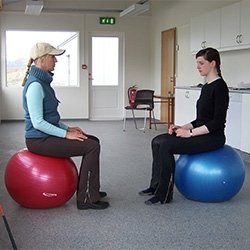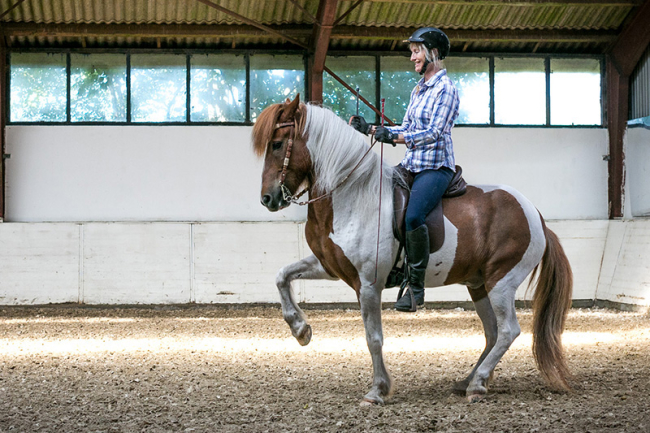
We at Toltmaster dedicate ourselves to the art of Icelandic horsemanship, horse training and strengthening the relationship between equestrians and their Icelandic horse. Teaching through mutual respect, communication and trust within the horse, and based on Icelandic traditions of gaited riding, we ensure the best possible education for you and your horse.
| "If we communicate with all the sensitivity we are capable of, then the horse will understand." - Nuno Oliveira "It’s impossible to achieve great riding success with a horse that’s stiff, crooked, weak and unbalanced, but have you ever stopped to think that a horse has just as difficult a time achieving great success with a rider who’s stiff, crooked, weak and unbalanced?" - Daniel Stewart A good seat is the basis of horsemanship. The rider, by getting a good seat, aims to interfere with the horse’s movement as little as possible. The principles of the Alexander Technique are fundamentally the same as those of classical equitation. Both focus on achieving integrated and supple movement, without the use of force, through the delicate exploration of balance. Through the study of the Alexander Technique, a rider can increase his kinesthetic awareness of lightness and understand how to quiet his nervous system in order to meet the sensitivity of the horse. Riding can become a dialogue about balance and mobility and the delicate play between these two things. Posture, as defined in the Alexander Technique, is not about holding one's body in a specific shape. Rather, it is about balance, which, by its nature, is ever-fluctuating. To attain balance, a person needs to be taught to "release superfluous muscular tension and return to a resting state in which the muscles are lengthening". The Alexander Technique is not a method for learning to ride, but it is an invaluable preparation for doing so. It is a basis for all the skills needed in equitation, as for other activities in life. It is a mind-body technique, i.e. it is concerned equally with physical aptitude and mental attitude, the two being inseparable. |
  |
